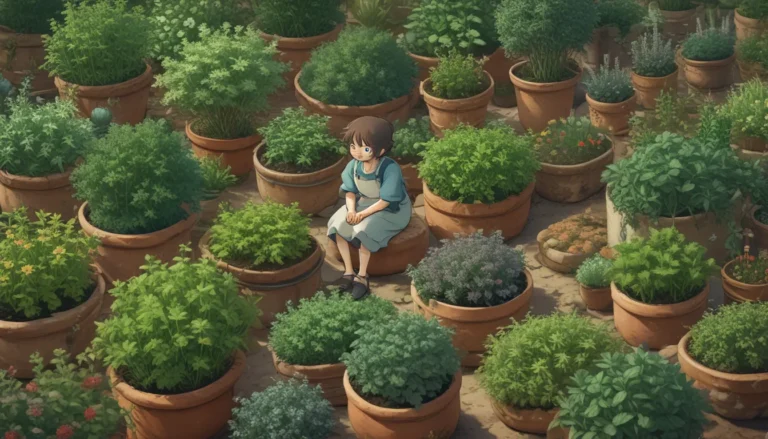Ultimate Guide to Protecting Kale from Pests and Diseases

Kale is a fantastic addition to any garden – healthy, robust, and delicious. However, under certain conditions, this leafy green can fall victim to various diseases and pests. In this comprehensive guide, we will explore the different types of pathogens and insects that can attack your kale, along with effective strategies to protect your plants and ensure a bountiful harvest.
Understanding Plant Pathogens
Pathogens, including fungal diseases, water molds, nematodes, and bacteria, can wreak havoc on your beloved kale plants. Let’s delve into some of the most common diseases caused by these pathogens:
Fungal Diseases:
- Alternaria Leaf Spot: Recognized as “black spot,” this disease causes dark spots on leaves, especially in warm, moist weather. Prevention methods include using disease-free seeds, ensuring good airflow, and applying biofungicides like Bacillus amyloliquefaciens.
- Anthracnose: This fungal infection leads to circular lesions on the leaves and can be controlled with fungicides.
- Damping Off: Responsible for seed and seedling death, preventive measures are crucial to avoid this devastating disease.
Water Mold Diseases:
- Downy Mildew: Characterized by fluffy gray patches on leaves, downy mildew requires careful prevention strategies such as crop rotation and fungicide application.
Bacterial Diseases:
- Bacterial Leaf Spot: Caused by Pseudomonas syringae and Xanthomonas campestris, this disease can be prevented with floating row covers and proper irrigation techniques.
- Black Rot: This bacterial pathogen can cause blackening and rotting of leaves. Prevention is key to safeguard your plants.
Combatting Insect Pests
Numerous insect pests pose a threat to kale, including beet armyworms, cabbage aphids, cabbage loopers, diamondback moths, flea beetles, cabbage white butterflies, cross-striped cabbageworms, and thrips. Here are some effective control methods for common pests:
- Beet Armyworm: Combat these caterpillars with Bt (Bacillus thuringiensis) for effective control.
- Cabbage Aphid: Prune infested leaves or use neem oil for an organic approach to aphid control.
- Cabbage Looper: Employ natural enemies or Bt to keep these caterpillars in check.
- Diamondback Moth: Control these larvae with Bt or SpinOsad without harming beneficial insects.
- Flea Beetles: Use floating row covers or organic sprays like neem oil to deter these small beetles.
- Large Cabbage White and Cross-Striped Cabbageworm: Handpick caterpillars or use organic compounds such as pyrethrin for control.
- Thrips: Reflective mulch and strategic planting can help deter thrips, while neem oil provides effective control.
Managing Nematode Infestations
Root-Knot Nematodes can cause extensive damage to your kale plants. Recognize the signs of infestation, such as wilted plants and irregular growth, and implement preventive measures like crop rotation with non-host plants. Nematicides are available, but caution is advised due to their chemical nature.
Essential Products for Integrated Pest Management
Arbico Organics offers a range of products to protect your kale plants from pests and diseases, including:
- Btk (Bacillus thuringiensis): Effective against caterpillars.
- Spinosad: Another option for caterpillar control.
- Biofungicides: Bacillus amyloliquefaciens and B. subtilis for fungal disease prevention.
- Caution: Always use chemical products safely, following label instructions meticulously.
Conclusion: Your Kale Protection Strategy
Armed with knowledge of common pests and diseases that threaten kale plants, you can develop an integrated pest management strategy to safeguard your crop. From using disease-resistant seeds to employing natural enemies and organic sprays, a proactive approach is key to success.
Remember, prevention is always better than cure. By implementing preventive measures, keeping a close eye on your plants, and taking swift action when necessary, you can ensure a healthy, thriving kale crop.
Share your experiences battling pests and diseases in the comments below. Let’s grow healthy kale together!
For more tips on growing kale, check out these articles:
- How to Naturally Kill Insects on Kale: The Best Organic Solutions
- 13 of the Best Kale Varieties for the Home Garden
- How to Harvest and Store Kale Seeds
- What Causes Yellowing and Thinning of Kale Leaves
Let’s empower your gardening journey with knowledge and practical solutions for a thriving kale harvest!
Disclaimer: This article contains affiliate links. If you make a purchase through these links, we may earn a commission. For more information, refer to our Terms of Service. Additional writing and editing by Clare Groom and Allison Sidhu.





